The geometry of a mountain bike’s suspension system plays a crucial role in its handling, affecting how the bike responds to different terrains, riding styles, and conditions. The interaction between the suspension travel, frame angles, and wheel size directly influences stability, agility, and comfort. Here’s how suspension geometry affects a mountain bike’s handling:
1. Head Angle (Steering Geometry)
What it is: The head angle refers to the angle of the bike's steering head tube in relation to the ground.
Impact on handling: A slacker head angle (e.g., around 64° to 65°) is typically found on bikes designed for downhill or enduro riding. It provides more stability at high speeds and on steep, technical descents but makes the bike feel a bit slower to steer.
A steeper head angle (e.g., 69° to 71°) is found on cross-country or trail bikes. This makes the bike more responsive and agile, especially for climbing or handling tight corners, but can make the bike feel less stable at high speeds or when navigating rough, downhill terrain.
2. Suspension Travel
What it is: Suspension travel is the distance that the suspension components (fork and rear shock) can compress under load.
Impact on handling:
Longer suspension travel (150mm to 200mm or more) is typically associated with bikes built for downhill or enduro riding. It allows the bike to handle rough terrain more effectively by absorbing big hits (rocks, drops, etc.), but it can make the bike feel less nimble and more sluggish on climbs or smoother trails.
Shorter suspension travel (100mm to 130mm) is common on cross-country or trail bikes. It helps the bike feel more responsive and efficient on smoother surfaces and for climbing, but may not absorb larger impacts as effectively as longer-travel bikes.
3. Bottom Bracket Height
What it is: The bottom bracket height refers to how high the bottom bracket (where the pedals are mounted) is positioned from the ground.
Impact on handling:
A lower bottom bracket height provides a lower center of gravity, which enhances stability and cornering performance, especially on rough terrain. This is beneficial for enduro and downhill bikes, which require stable handling at high speeds.
A higher bottom bracket height improves pedal clearance, which is beneficial for cross-country or trail bikes where riders need to avoid obstacles like rocks or roots. However, it may lead to less stability during cornering.
4. Chainstay Length
What it is: The chainstay length refers to the distance between the bottom bracket and the rear axle.
Impact on handling:
Shorter chainstays (e.g., 430mm to 450mm) make the bike more agile and responsive, which is especially useful for quick maneuvers, tight corners, and technical trails. This is typical in cross-country and trail bikes.
Longer chainstays (e.g., 460mm or more) increase stability, especially on steep descents, by offering better weight distribution and control. These are typically found in enduro or downhill bikes.
5. Rear Suspension Linkage (Suspension Curve)
What it is: The rear suspension linkage controls how the rear shock compresses and rebounds. The suspension curve determines how the shock absorbs impacts at different points in the travel.
Impact on handling:
Linear suspension curves provide consistent performance throughout the travel, making them great for smooth, predictable rides and cross-country bikes.
Progressive suspension curves (where the suspension becomes stiffer the deeper it compresses) are often used in enduro or downhill bikes to handle large impacts more effectively without bottoming out. They offer more control during big hits but may feel less sensitive to small bumps.
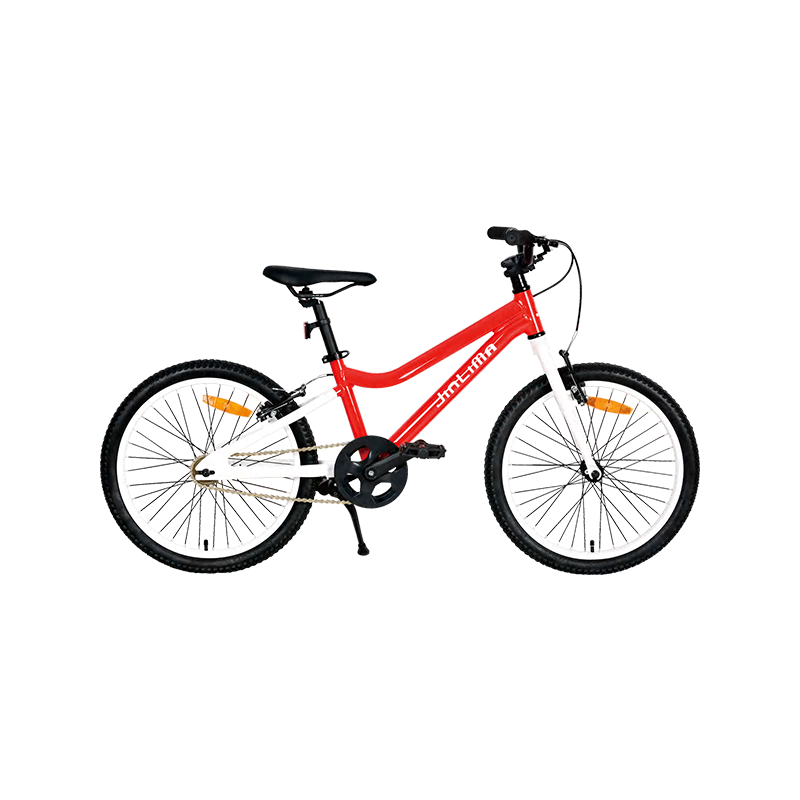
6. Wheel Size
What it is: The size of the wheels (e.g., 26-inch, 27.5-inch, or 29-inch) influences the bike’s overall geometry and handling characteristics.
Impact on handling:
Larger wheels (29-inch) improve rolling efficiency, making it easier to maintain speed over obstacles like rocks and roots, and are often found on cross-country and trail bikes. However, they can reduce the bike's agility in tight turns or technical sections.
Smaller wheels (26-inch or 27.5-inch) provide quicker handling and more maneuverability, which is beneficial for technical descents or tight singletrack. They’re often found on enduro or downhill bikes where responsiveness is crucial.
7. Suspension Stiffness (Spring Rate)
What it is: Suspension stiffness refers to how hard or soft the suspension system is, which depends on the spring rate of the fork and shock.
Impact on handling:
Softer suspension allows for more comfort by absorbing smaller impacts more easily. It helps maintain traction on rough terrain, but if the suspension is too soft, the bike may bottom out on bigger hits, reducing control.
Stiffer suspension provides better control during aggressive riding, especially on rough and fast descents. It is less likely to bottom out, but can feel harsh on small bumps, making it less ideal f
or smooth trails or cross-country riding.
8. Reach and Stack
What it is: Reach is the horizontal distance from the bottom bracket to the top of the head tube, while stack is the vertical distance from the bottom bracket to the top of the head tube.
Impact on handling: A longer reach can provide a more aggressive riding position, improving stability on steep descents. A taller stack results in a more upright position, which can make climbing and controlling the bike on technical trails easier.
9. Suspension Setup (Sag, Compression, Rebound)
What it is: The suspension setup refers to how the rider adjusts the sag (the amount the suspension compresses under the rider’s weight), compression damping (how the suspension resists compression), and rebound damping (how quickly the suspension returns to its original position).
Impact on handling: Properly tuned suspension ensures that the bike performs optimally under varying conditions. A too-soft setup can lead to the bike bottoming out or losing control on technical descents. A too-stiff setup may make the bike feel harsh and unresponsive to small bumps or obstacles.


 0
0


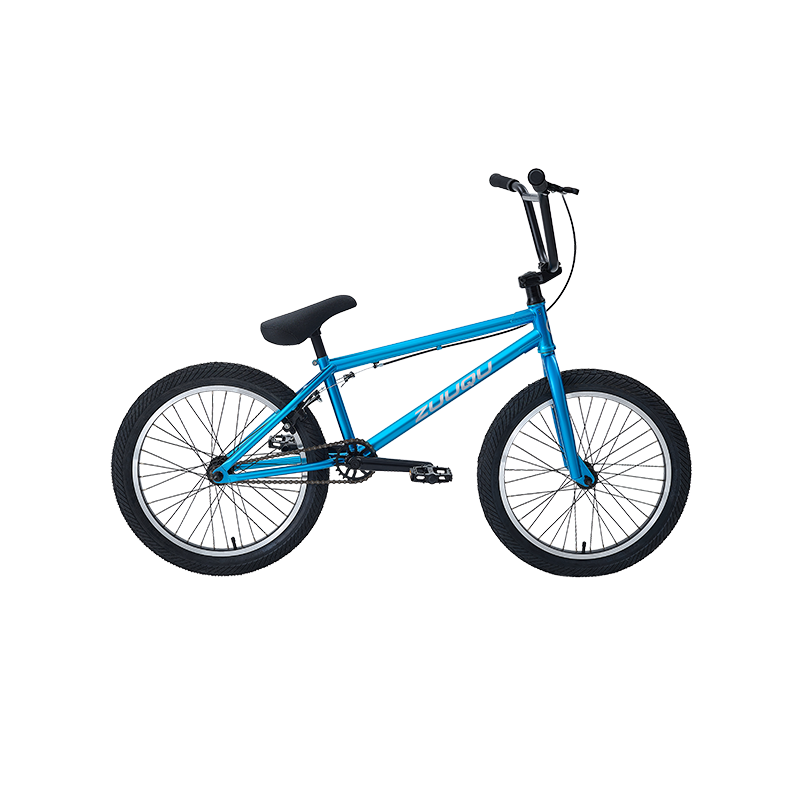

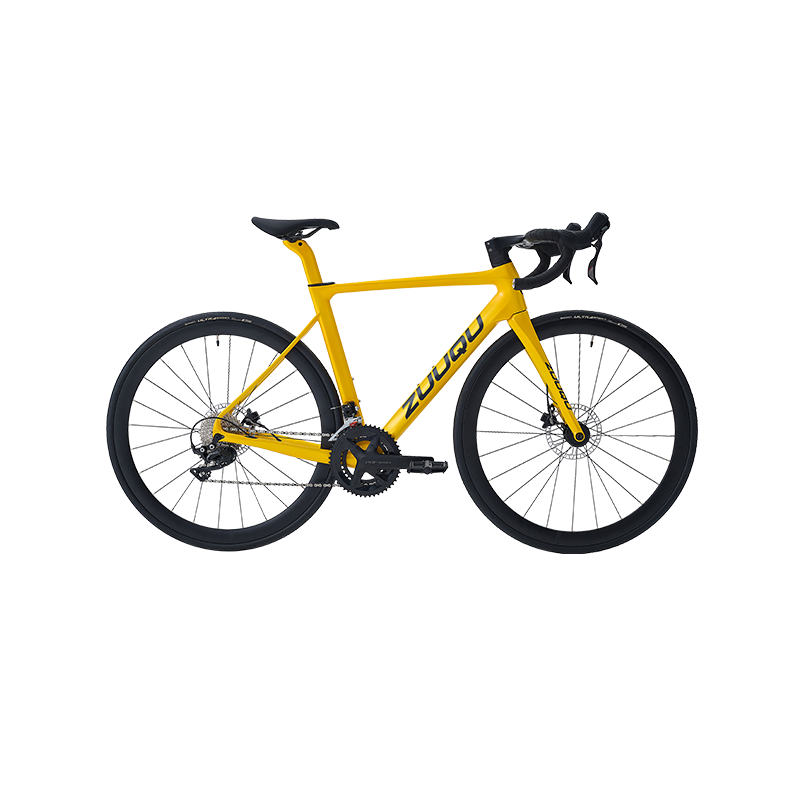
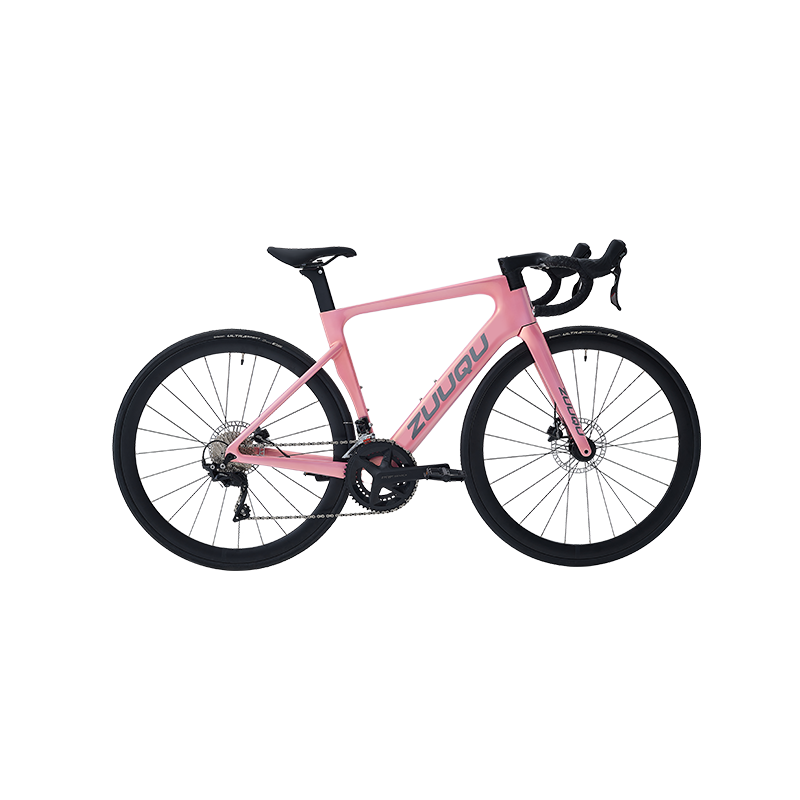
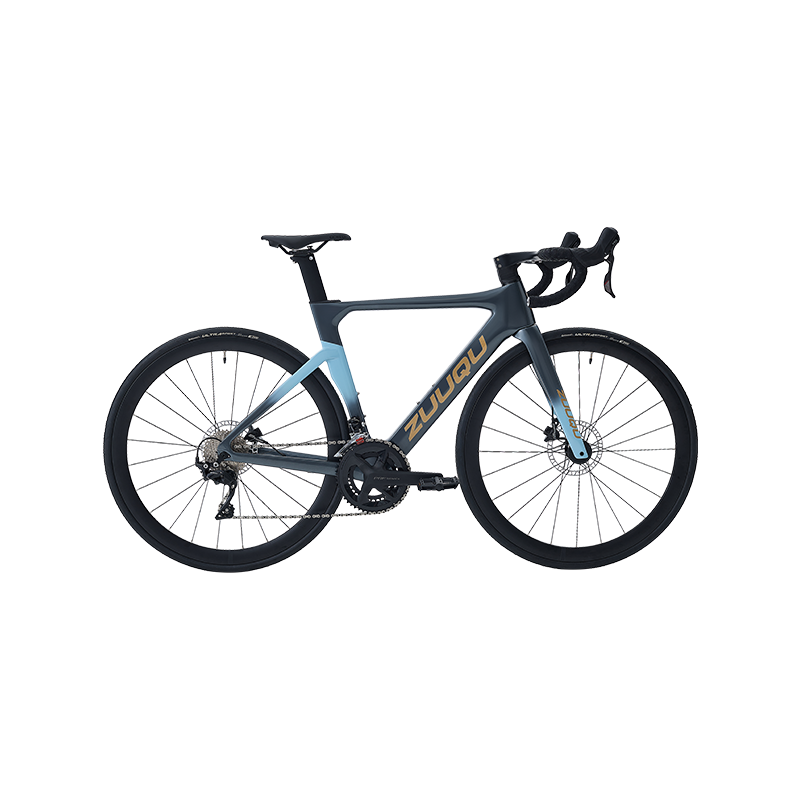
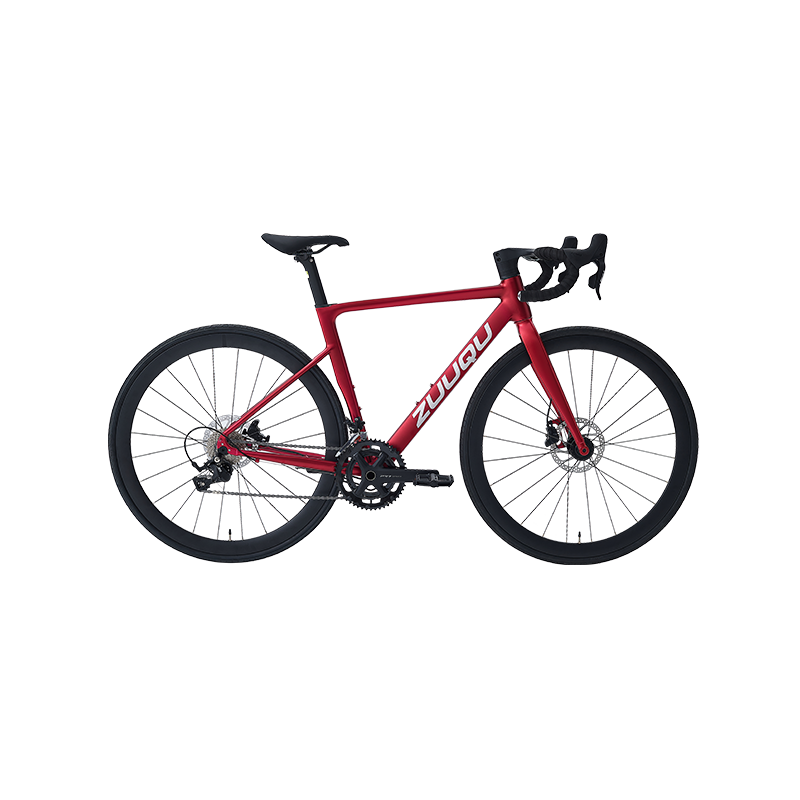
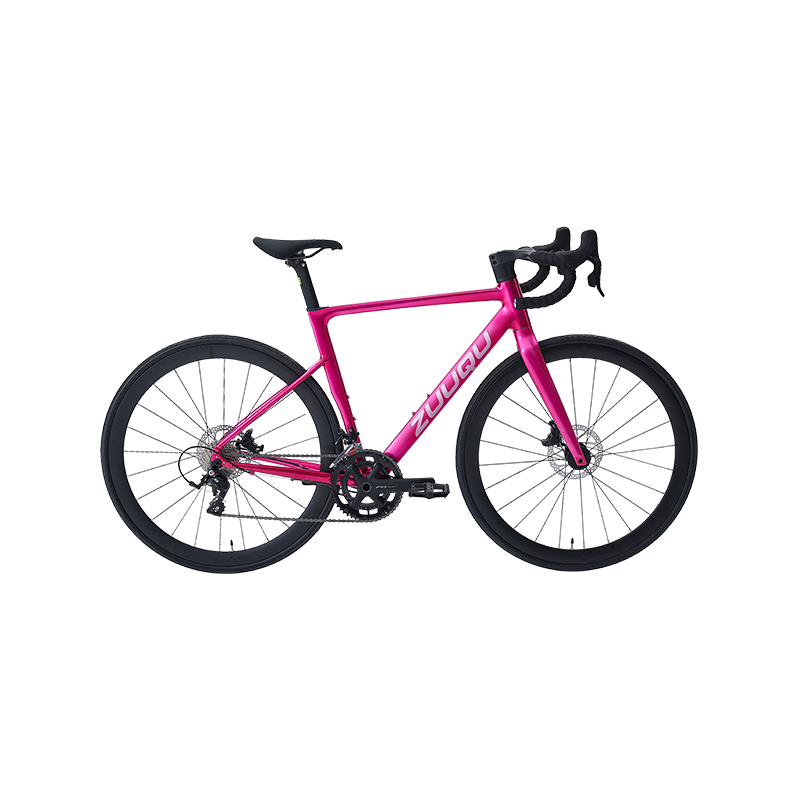

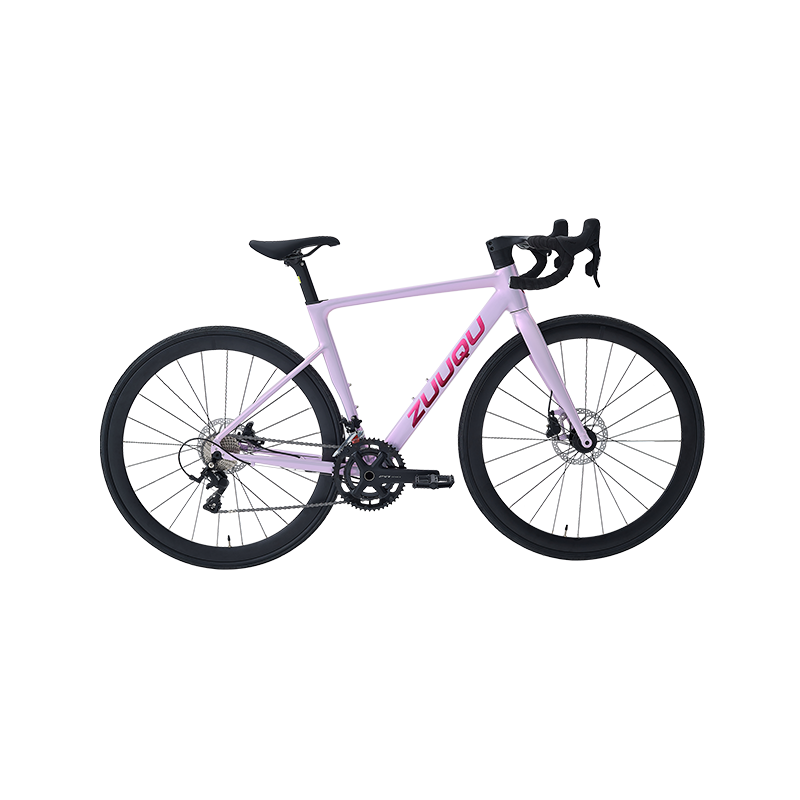
 Linhang industry park, Zhuji,
Linhang industry park, Zhuji,  +86-18858280688
+86-18858280688
